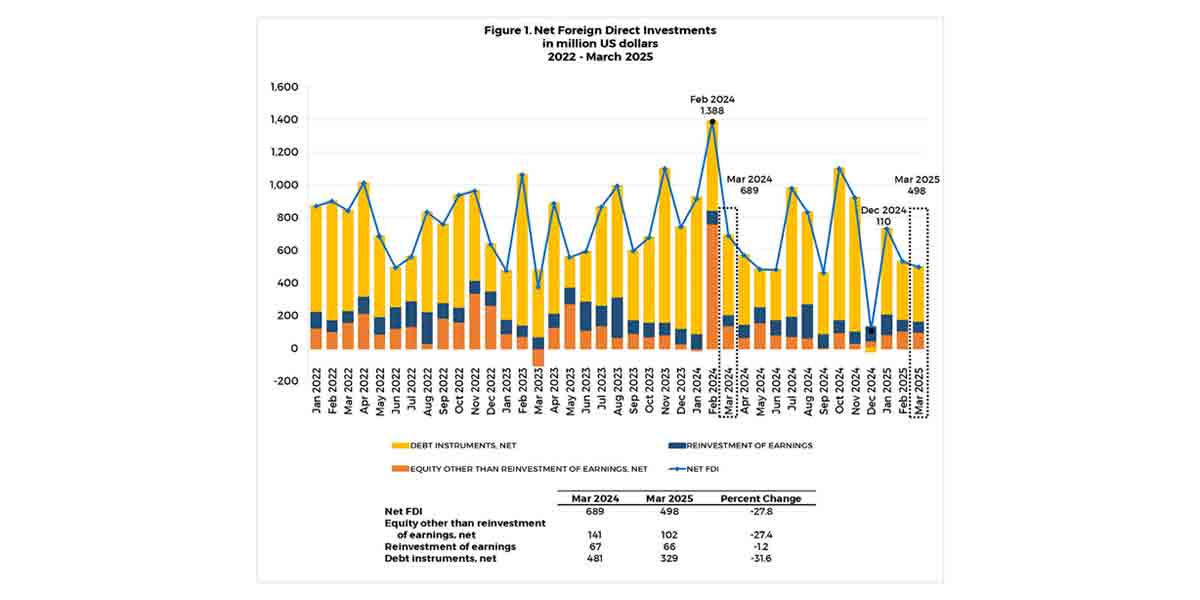In 2018, Boracay was temporarily closed to the public for much-needed environmental rehabilitation and infrastructure improvements. The bold move was expected to transform the island into a model of sustainable tourism.
However, despite these efforts, Boracay continues to grapple with several persistent issues that undermine its appeal as a top tourist destination.
The latest figures from the Department of Tourism in Western Visayas (DOT-6) paint a concerning picture. While Boracay saw a rise in foreign tourist arrivals at the beginning of 2024, this trend did not last.
The decline in direct international flights to Aklan’s main airports, Kalibo and Caticlan, has significantly impacted the island’s accessibility. This inconvenience has led many tourists, particularly from South Korea, to seek alternative destinations like Bohol, which offers direct access via Bohol–Panglao International Airport.
Assistant Regional Director Phoebe Zelie C. Areño of DOT-6 highlighted that the complex entry procedures to Boracay are a major deterrent for foreign visitors. The multiple touch points and the necessity to transfer to the island add layers of inconvenience, pushing tourists to opt for destinations with more straightforward access. The data supports this shift, with foreign arrivals in Boracay plummeting from 50,000 in January and February to just 23,566 by June.
Beyond the logistical hurdles, Boracay is still plagued by overdevelopment and environmental degradation. Despite past efforts to curb unregulated construction, the island remains congested, with ongoing disputes over land use exacerbating the situation. The unchecked growth and inadequate infrastructure continue to strain the island’s natural resources, threatening the delicate balance of its ecosystem.
The chaotic entry procedures are not just a logistical nightmare but a symptom of broader governance issues. The local government unit (LGU) of Malay and the provincial government of Aklan, in collaboration with the Department of Information and Communications Technology, have initiated the Digital Aklan 2024 program, aiming to streamline processes through digitalization. While this is a step in the right direction, it remains to be seen how effectively these measures will be implemented and whether they can address the core issues plaguing the island.
The rising cost of goods and services on Boracay is another pressing concern. With prices for accommodation, food, and transport soaring, the island risks pricing itself out of the market. Ongoing discussions between the LGU, private stakeholders, and DOT-6 aim to control and monitor these prices to maintain Boracay’s competitiveness. However, without concrete actions and stringent enforcement, these discussions may yield little practical improvement.
Boracay’s struggles underscore a critical lesson for tourism management: temporary fixes and piecemeal reforms are insufficient. Sustainable tourism requires continuous and holistic efforts to manage both environmental and infrastructural capacities. The decline in foreign tourist arrivals should serve as a wake-up call for Boracay’s stakeholders to prioritize genuine, long-term solutions over short-term gains.
In the face of growing competition from other destinations like Bohol, Boracay must address its systemic issues to reclaim its status as a premier tourist hotspot. Only through coordinated and sustained efforts can the island hope to overcome its lingering troubles and fulfill the promise of its 2018 rehabilitation.






















